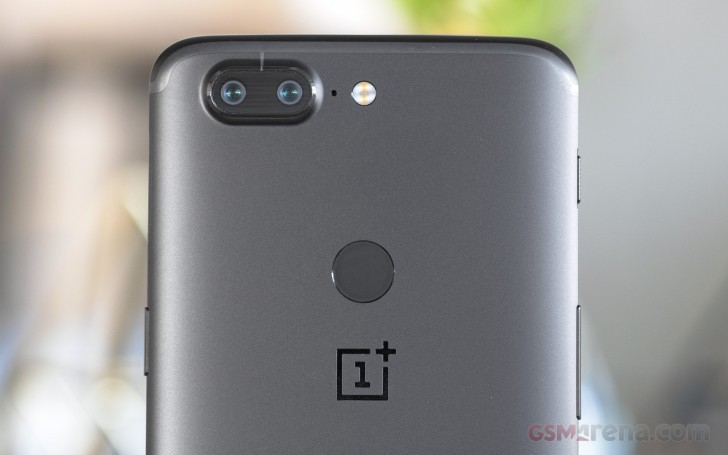How the OnePlus 5T secondary camera works
OnePlus announced its new flagship the at an event in New York a couple of weeks ago. The new model comes a scant six months after the launch of the previous flagship, the . Naturally, it's not a big upgrade, as the name clearly suggests, but the phone does feature some notable changes, one of them being the camera. Like the OnePlus 5, the OnePlus 5T features a dual camera system on the back but with one key difference. While the primary wide-angle lens is common between the two devices, the 5T swaps the telephoto camera for a low-light optimized camera. To get the differences out on paper, the new model features a 20 megapixel Sony IMX 376K sensor that replaces the IMX 350. It has the same 27.22mm (35mm equivalent) focal length as the main wide-angle camera and the same f/1.7 aperture. This means the OnePlus 5T has no optical zoom capability whatsoever and all zooming is now done digitally. When the camera detects light levels below 10 lux, it switches from the primary sensor to the secondary sensor. The secondary sensor uses a technique OnePlus calls Intelligent Pixel Technology that combines the data from four physical pixels on the sensor into one pixel. This means the camera internally generates a 5 megapixel image that has the data from a 20 megapixel sensor. The camera then upscales the image back to 20 megapixels. The resultant image is undeniably soft as we found in our review, and does not have the same level of detail as a native 20 megapixel image but it is cleaner with lower noise. Most importantly, the image is much brighter due to the use of higher ISO. When viewed on just the phone's display or shared on social networking websites, it is hard to tell this is not a native 20 megapixel image. It's difficult to get the camera to use the primary lens in low light conditions and you have a small window of time between launching the camera app and it switching to the secondary camera (which is noticeable as the perspective slightly shifts) but we did manage to capture one image with the primary camera in extreme low light before it switched and it was noticeably underexposed compared to what the secondary camera captured a couple of seconds later. However, the difference isn't night and day and even if it's darker the 16MP image is still sharper when viewed up close. Apart from improving low light performance, the secondary camera also has two additional duties, portrait mode and autofocus. Portrait mode on the 5T works by using the secondary sensor to capture the depth information and the primary camera to capture the image. Using a wide-angle lens to capture portraits is a bit unconventional but OnePlus actually markets this as a feature, citing the wider field of view an advantage over phones like the that use the telephoto lens to capture portraits. We can see where OnePlus is coming from here but in our books a telephoto lens is still the ideal way to capture portraits. A telephoto lens requires you to capture your subject from a distance, which prevents distortion and makes the subject look more natural. The secondary camera on the OnePlus 5T should also help speed up autofocus. Regardless of which camera you are shooting with, the other camera is always on and capturing depth information. This information is then used to determine the distance from the subject to the camera and adjust the focus. It's similar to how dual-pixel autofocus works but instead it uses the two lenses to focus quicker. As for zoom, as mentioned before, optical zoom is no longer available. The 5T still has the same zooming interface from the 5 but it's all done digitally now. This might not be such a huge downgrade as you'd expect since a sizable portion of the 2x zoom on the OnePlus 5 was already digitally achieved and outside of perfect lighting conditions the phone would resort to using digital zoom anyway. In the end, the camera arrangement on the 5T seems like OnePlus' solution for the time being to complaints regarding the OnePlus 5 low light camera quality. Without OIS, there is only so much one can do and this arrangement is likely the best that is possible for the company right now within design and cost constraints.

